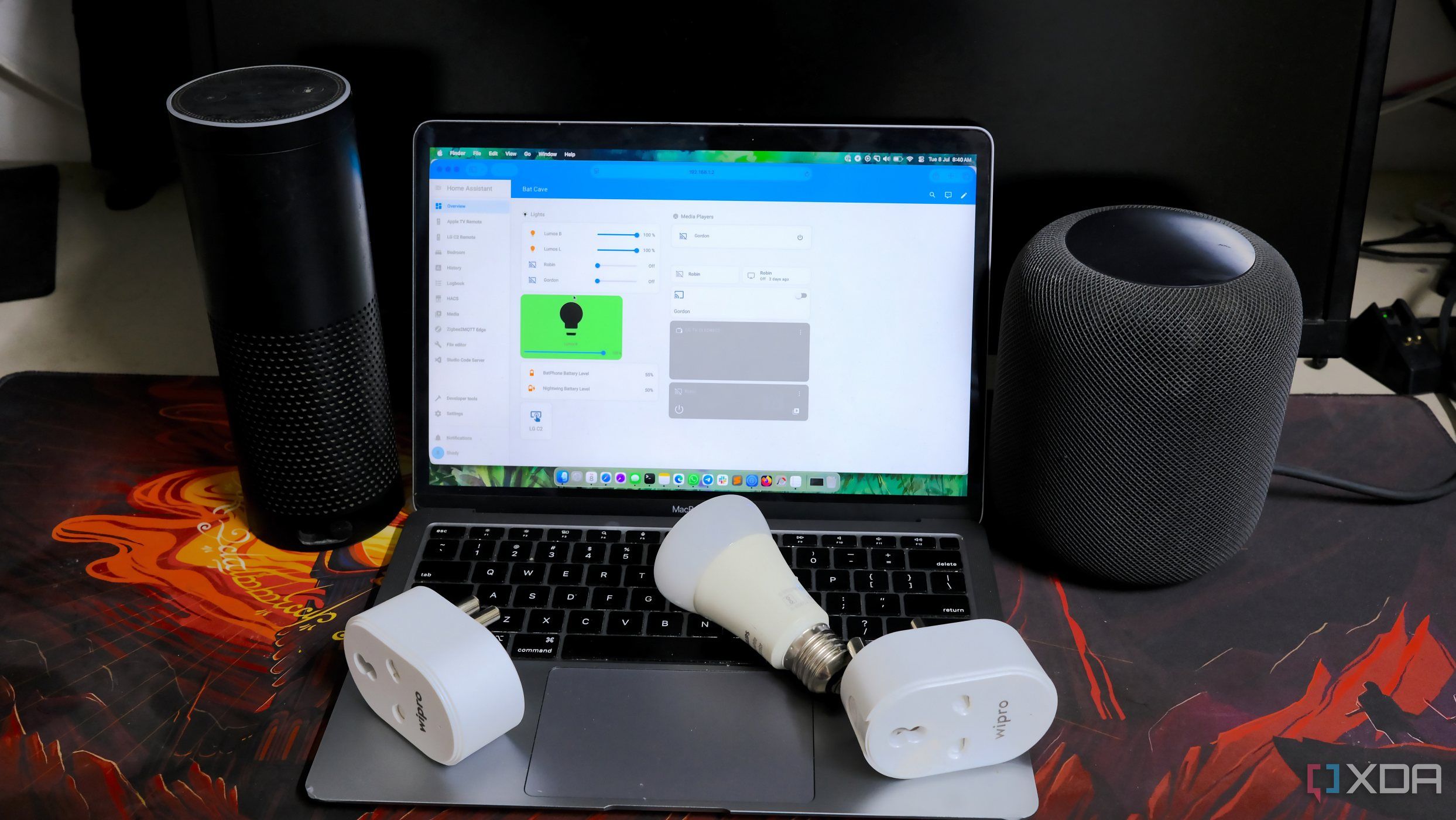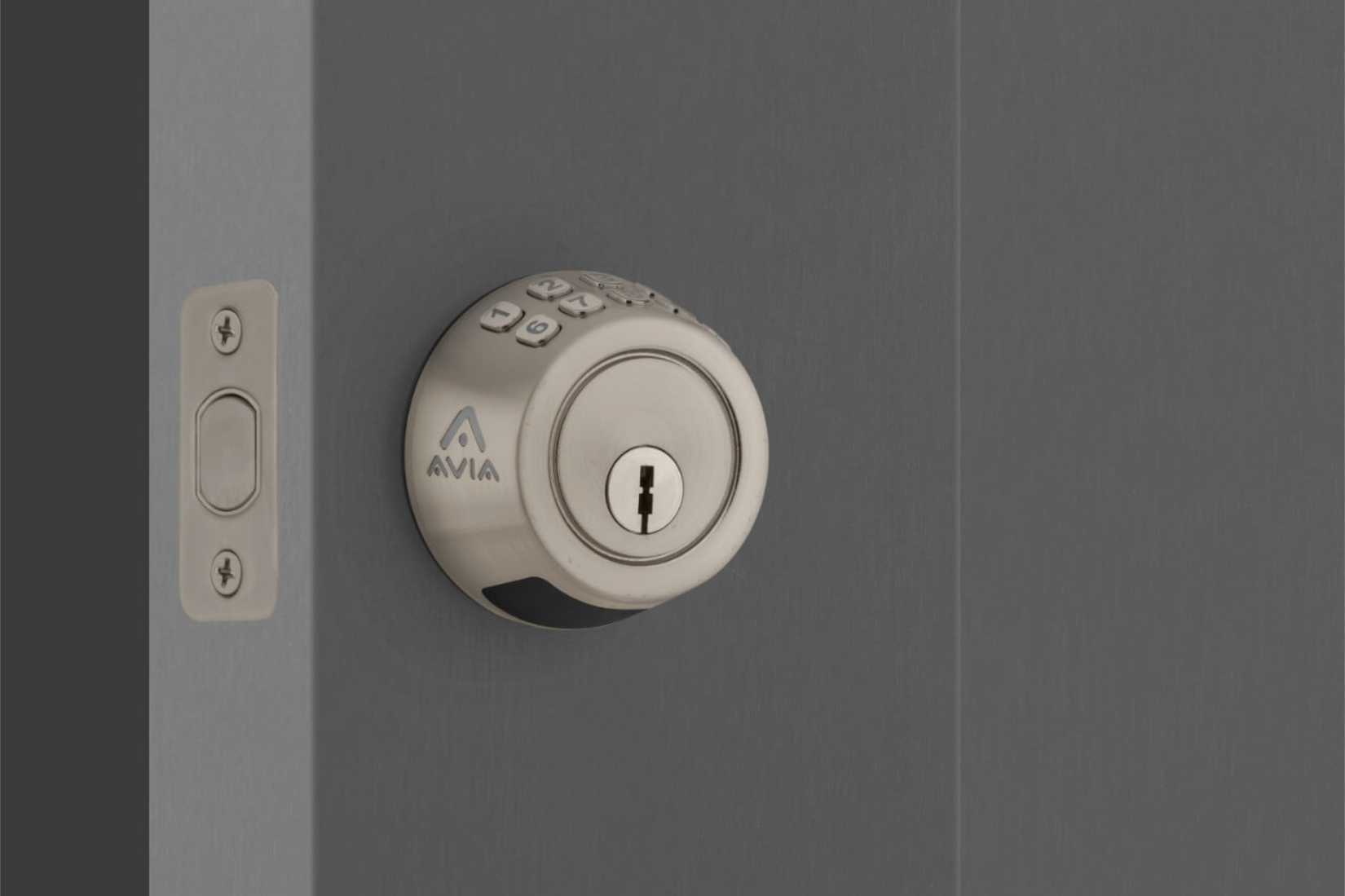As a perpetually absent-minded person, I’ve always loved the thought of a smart home that could automate the tasks I always forget. It’s a nice thought, but the state of the smart home means that several large companies control the bulk of it, and no one company makes enough devices to use those in your home exclusively. I’ve got Home Assistant set up to fill the gaps between functionality and control.
Still, even then, it adds a significant amount of complexity to the initial setup of any sensors or devices, and that isn’t the utopia of smart home living that I envisioned. That doesn’t mean that all smart devices are annoyingly complex to master, and some mainstays of the space are refreshingly simple to get going. The even better news is that these devices all have advanced features or can be chained into routines, so they have a deceptive amount of depth.
Smart speakers
Hands-free control of your other smart devices is the best thing ever
The things in my smart home that get used the most are those I don’t have to touch, including a fleet of smart speakers scattered across my rooms. Unlike some of my colleagues, I’ve gone all-in on Alexa because, after using every major smart assistant (yes, including Bixby), Alexa is hands-down the best for the smart devices I own and the things I use voice control for.
That doesn’t mean you need to go with Alexa, you could be a Siri home, or prefer Google Assistant, or want to make a self-hosted smart assistant by running Ollama and linking it to some open-source smart speakers. I’ve tried rolling my own AI assistant, and I didn’t have the patience to customize and train it, but YMMV. But whatever way you want to control things, smart speakers are an easy win for the smart home, giving you control, access to data, and playback of various media sources when you want it.
Smart plugs
Monitor power usage, automate dumb devices, and more
Smart sockets, at their simplest, let you control dumb appliances. This is a low-cost, low-effort way to make your home smarter, enabling control of lamps, appliances, and other devices where a simple on and off will suffice, and you don’t need any complicated setup or knowledge to get them working. The better quality ones also monitor power consumption, which is handy as you can use them to indicate if the washing machine is finished, or so you know which TVs and stereos use up a lot of energy when on standby.
The one thing that might be annoying is the apps needed to control them, but you can get around this by linking them to Home Assistant or choosing ones that have voice integrations, so you never need to unlock your phone.
Smart lights and switches
The easiest smart devices to add to any home
Smart bulbs are the easiest thing to add to your existing home to make it smarter. Some run off Bluetooth, some use Zigbee, and others, like Philips Hue need a Bridge to link them to your network. If you don’t want to replace your bulbs with expensive smart bulbs, changing the light switches in your walls does the same thing, or you can get little in-line dongles that go behind your existing switches and enable smart functionality.
But they’re still lights at the end of the day, and adding smarts just makes it easier to control them and the intensity of the light they put out. I’ve got a mix of brands and styles in my home, and if I had to do it all again, I’d replace every wall switch with smart ones that use low-power mesh networking to communicate, because bulbs are cheap to replace, switches should last forever, and having every switch on the same ecosystem makes the whole process work seamlessly. Plus you can add automations like scheduling, triggers like presence sensors, and geofencing to make your smart lighting even better.
Smart thermostats
Keep your home comfortable and add money-saving smarts
I’d consider a smart thermostat an essential part of any smart home, because if you’re not comfortable at home, where can you be? You don’t have to get the premium models if all you want is wireless or hands-off controls, but the more you spend, the better the feature set you get is, and it’s often worth the splurge. I’ve got a Nest Learning Thermostat, which logs my historical usage and works out a future schedule based on my prior preferences, plus things like the local weather and what time of year it is.
Even installing them isn’t a tricky business; match the wire colors to the pegs on the thermostat’s base, and you’ll be up and running in minutes. You only need to worry about whether your central air system can use one, and whether you need a C-wire to supply constant power to your unit. And really, it’s not much trouble to get an electrician to install one for you, and then actually using a smart thermostat is one of the simplest smart home devices I’ve owned.
Smart locks
Never worry about if you locked your door or not
I live in constant fear that I’ll either forget my keys at home or lose them while out, locking me out of the house. Not for idle thoughts either, as I’ve had it happen numerous times, and I’m sure it will happen again. But with a smart lock on every door, I don’t have to worry about keys, as I can use biometrics, pin codes, or my smartphone as the key and never worry again. Plus, members of your family who might lose keys can have their fingerprints enrolled, so they, too, never have to worry about being locked out.
That’s only part of the equation, as smart locks can ensure your home is secure if you forget to lock the doors. They can enable short-term or one-use keys for family and friends to enter without sharing the passkey. Not that you can’t use a physical key if you want, and you’ll want that as a backup just in case the battery powering the lock runs down, but it’s liberating to know that your home doors will lock themselves and open when you get home, without worrying about access fobs or keys.
Not every smart home device needs a long instruction manual
Your smart home devices are supposed to work for you and make repetitive tasks less onerous or remember things on your behalf. The best devices get out of your way without a complicated setup process, and make living in your space a nicer experience. I’d consider these categories of devices to be essential for the modern smart home, and each adds plenty of value with automations, advanced features, and hands-off control to make your home smarter. It’s probably worth mentioning that not every device in these five categories will fit that bill, but most of them will, and as long as you stick to easily-searchable brand names, you’ll have a hassle-free smart home in no time.

